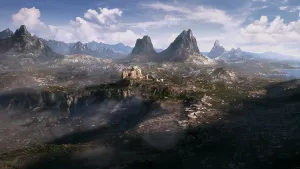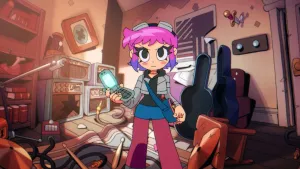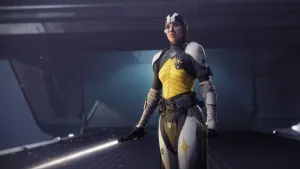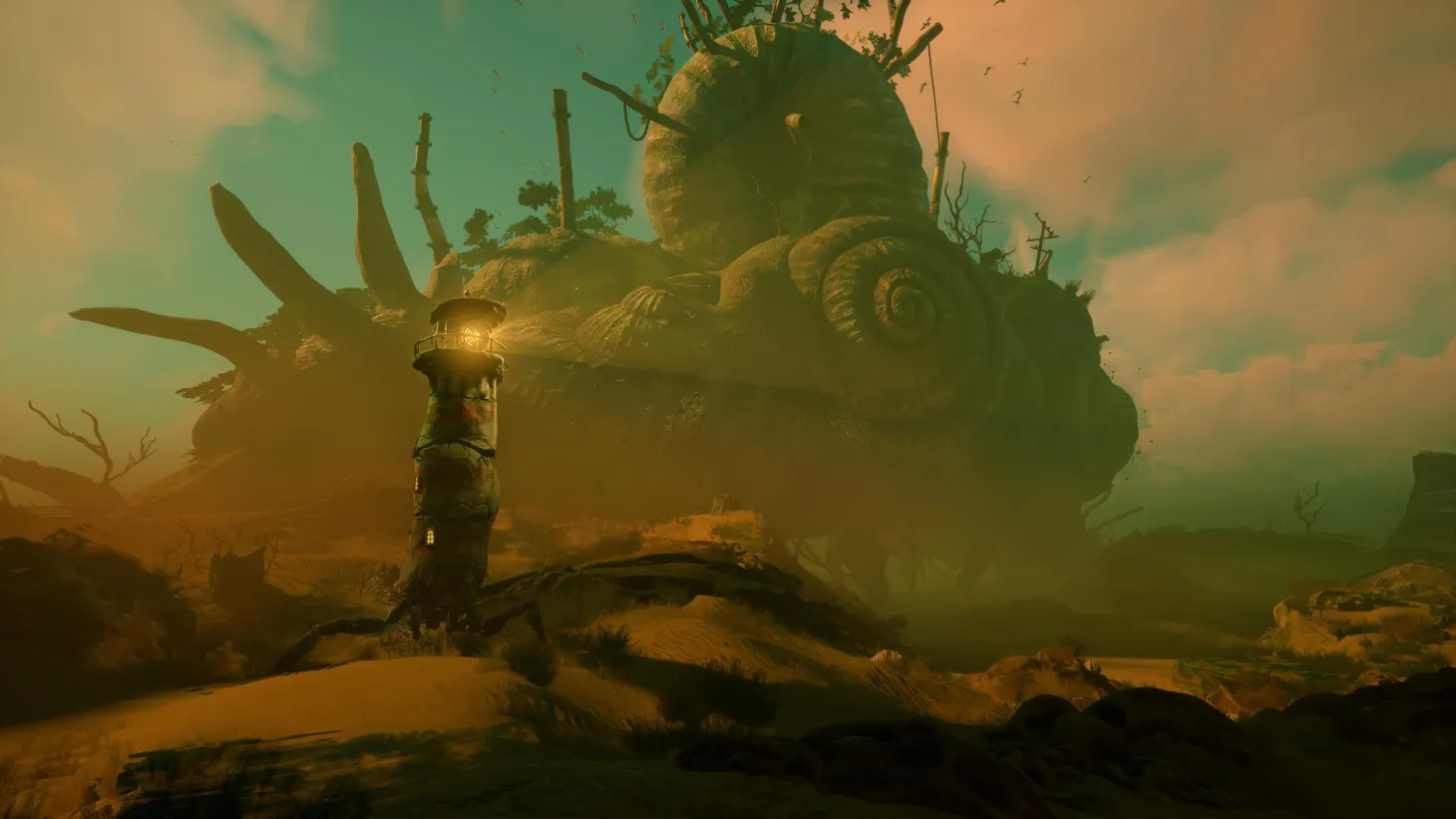
Keeper Review
Keeper is absolutely worth playing, but not necessarily because of its gameplay. A frustrating fixed camera, a frequent sense of aimlessness, and a general lack of intention behind your actions all combine to diminish interactivity and engagement. At the same time, however, Keeper is an astonishingly beautiful visual experience, made all the more special by its unspoken narrative and wildly creative artistic presentation.
You are a lighthouse, and for reasons not entirely clear, you decide to uproot yourself from your station along the coast and set forth upon spindly legs of stone and driftwood, spider-like, to crawl across the ruined and weird world before you. You are joined by a strange bird, roosting at your peak, occasionally flitting out to interact with a world of many-eyed turtles, pink puff clouds, or tentacles that dissolve at the touch of light. From the opening moments, it’s a step into the surreal and dream-induced. Art-inclined players may find themselves reminded of the likes of Salvador Dali or Max Ernst, revealing astonishing places touched by the weird or impossible.
In practice, Keeper is an adventure game, filled with straightforward environmental puzzles along a linear path, many of which revolve around illuminating dark things. Place a strange ball-shaped creature here, pop a balloon-like projection there, and new paths open ahead. The most clever of these puzzles play around with time manipulation, with brief excursions into the past and future to change the shape of an object or path.
But many are more nebulous, less interesting, and lack a clear directive. I often haphazardly wandered the open spaces of a level, tapping or adjusting a device without a clear idea of what I was doing, just waiting to see how it changed things around me. That absence of intention or purpose started to leave me frustrated, even if it sometimes fed into the sense of hypnagogic consciousness at the heart of Keeper’s aesthetic.
As if framing individual moments of conceptual art, the fixed camera is consistently used as a guidepost and target-finder to encourage exploration. While that often leads to instances of beautiful still frames, it also left me frustrated and, at times, struggling to find my way. Without the ability to rotate and view the world around me, I was often trapped and confused by the spaces through which I was exploring. That was especially true in some mid-game sections focused on water, where I started to feel genuinely lost in a landscape of strange silhouettes and winding pathways.
Besides its sumptuous visuals, the most compelling elements of Keeper are a few particularly magical moments that I’d be loath to spoil in a critique. Suffice it to say, this game explores the power of resiliency, the ability to change, and how our friendships and connection to the world around us enable both. Even acknowledging some of the things I didn’t love about my playthrough, I’d also suggest that those inspired sequences are well worth experiencing for yourself.
Keeper is strange in many ways, and sometimes crosses over into genuine psychedelia. In evaluating it as a game, some things didn’t work for me. As a piece of art and creative endeavor, it fares far better.
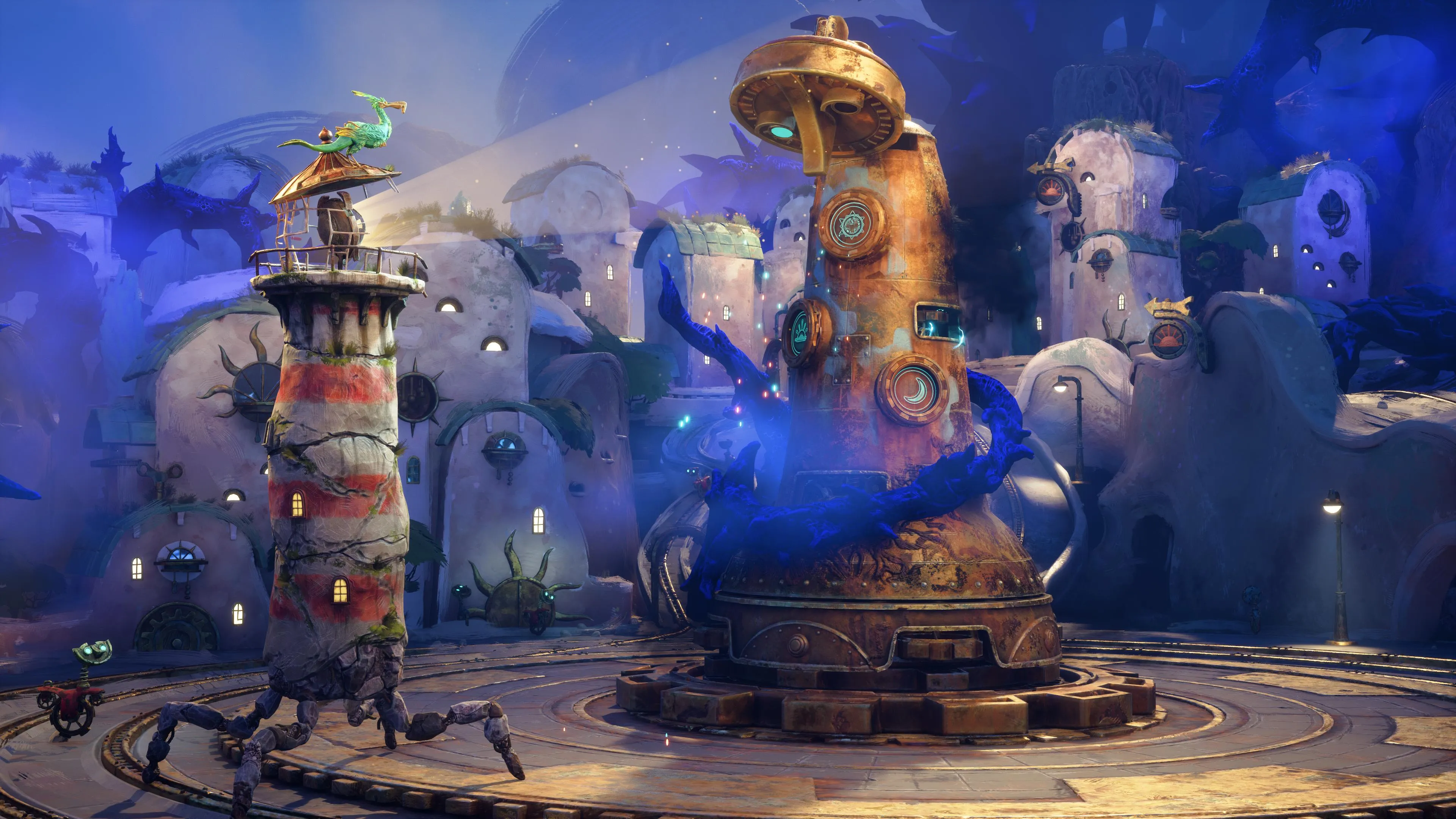
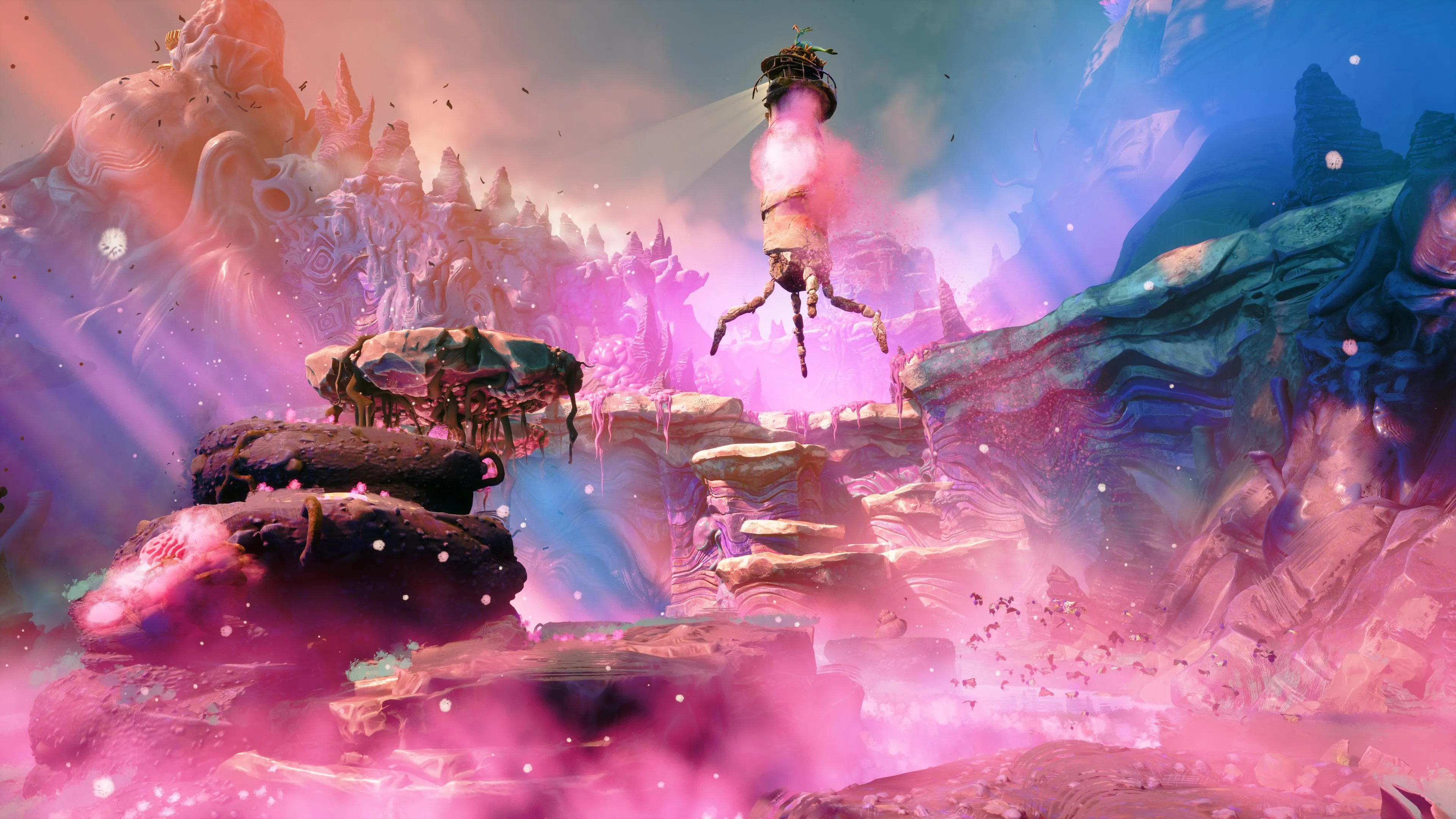
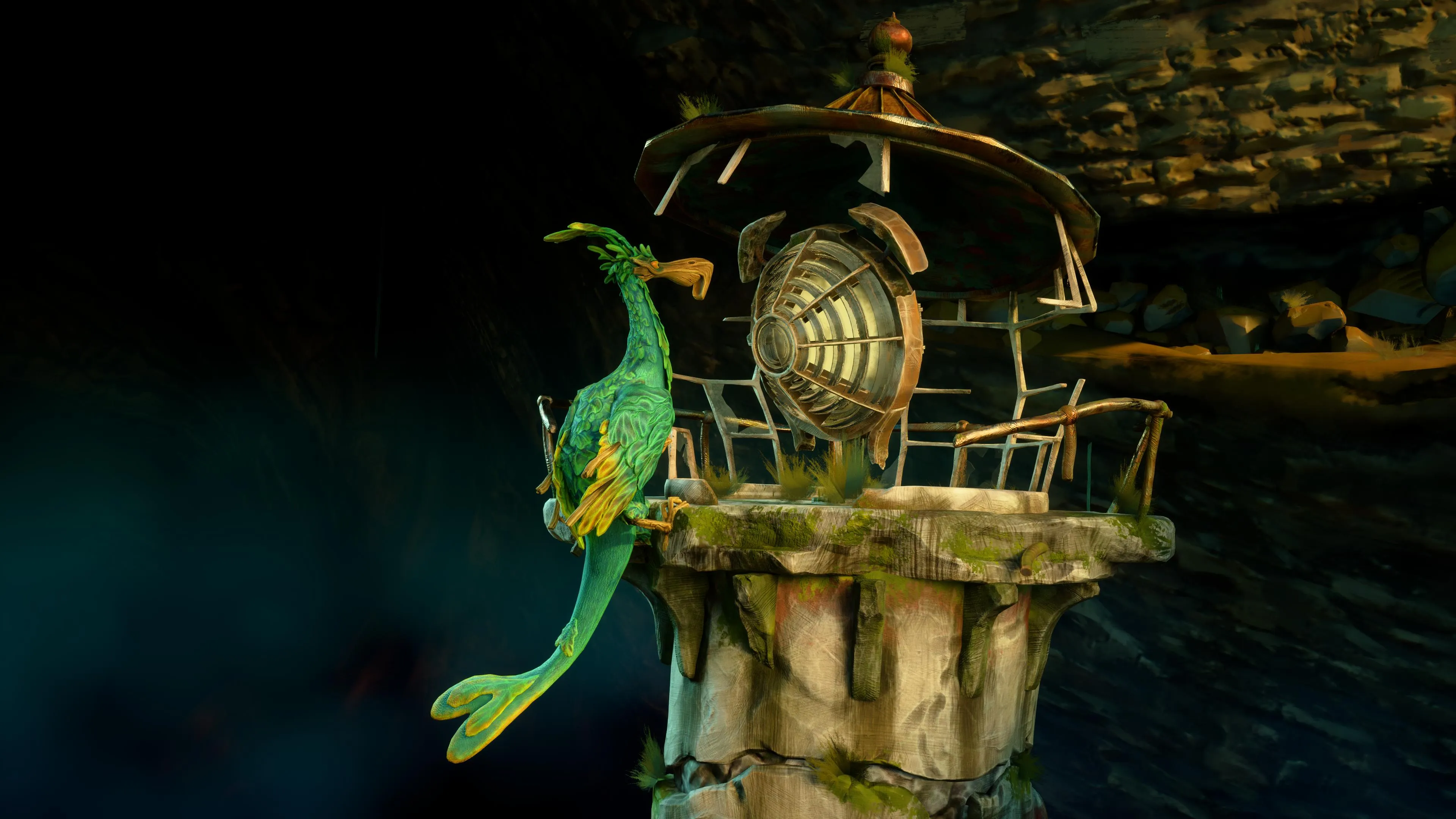
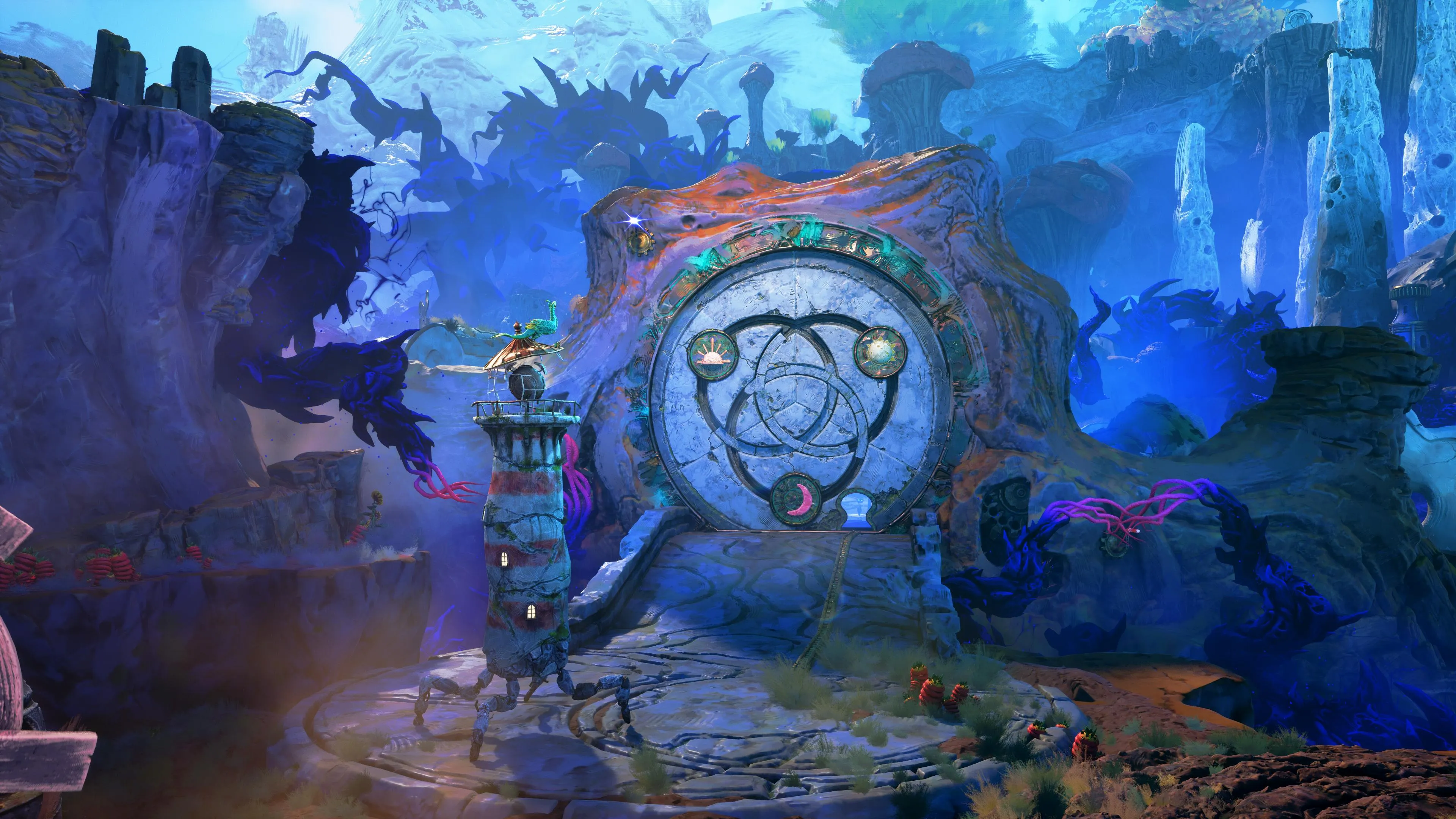
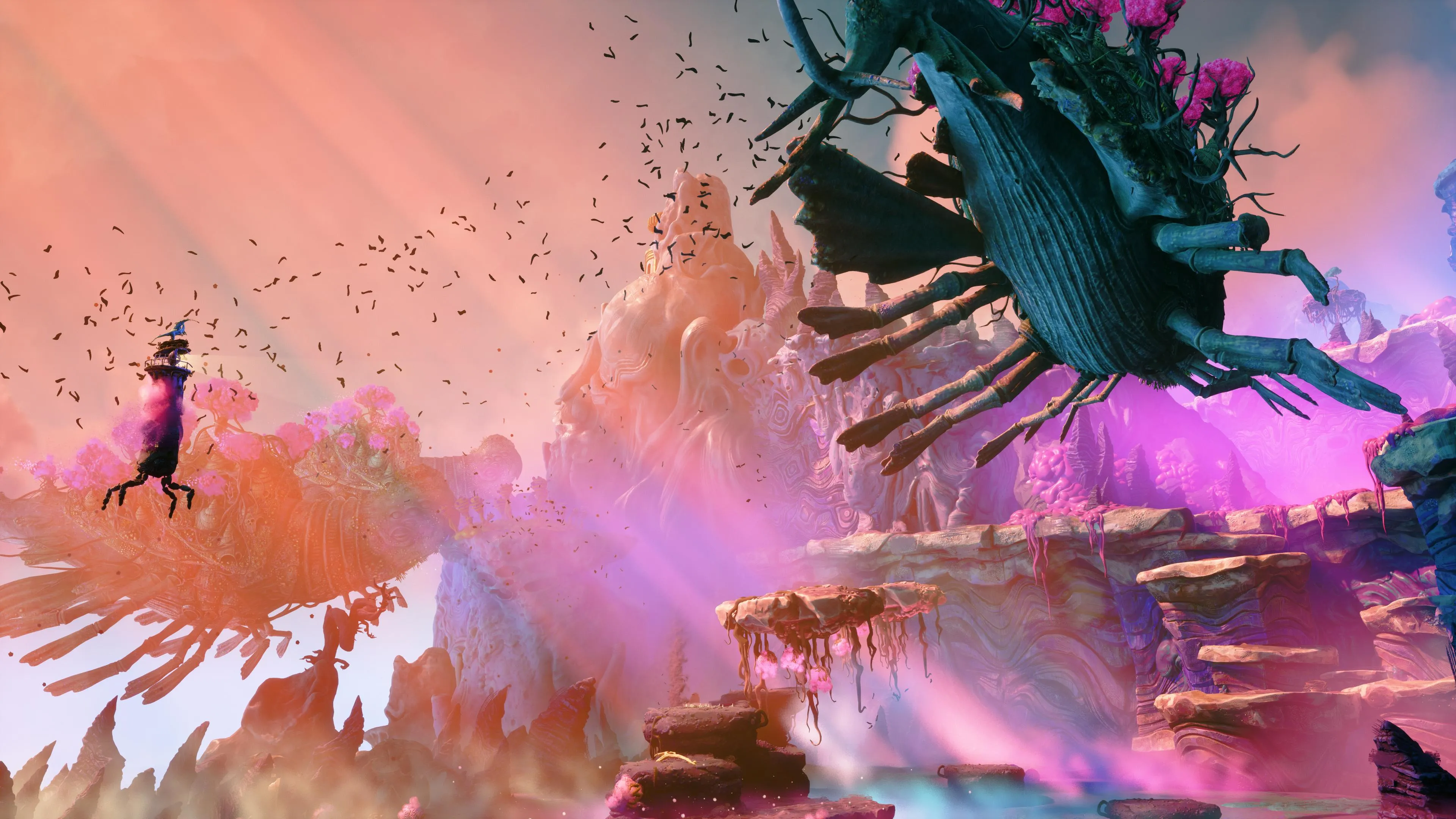
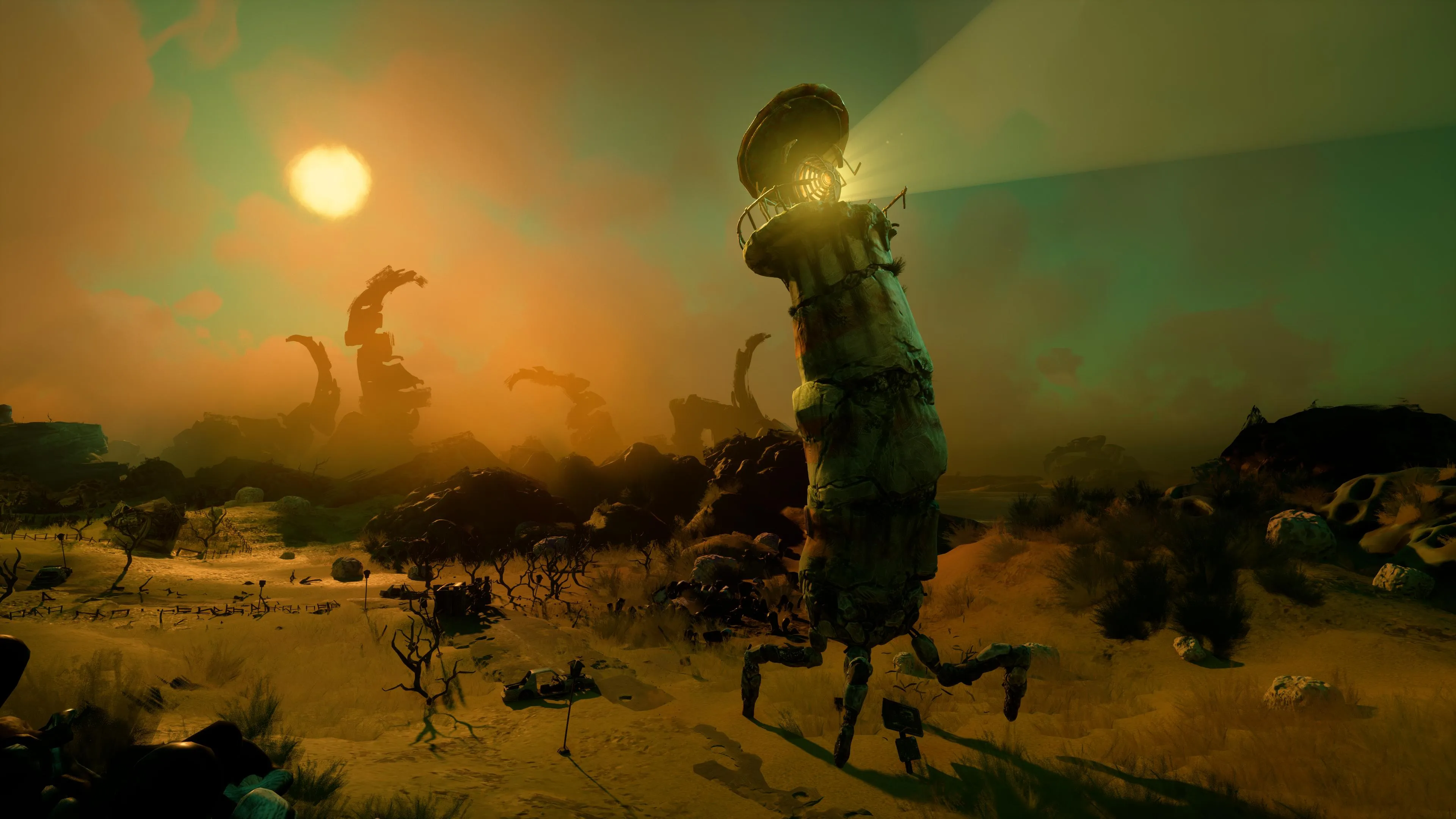
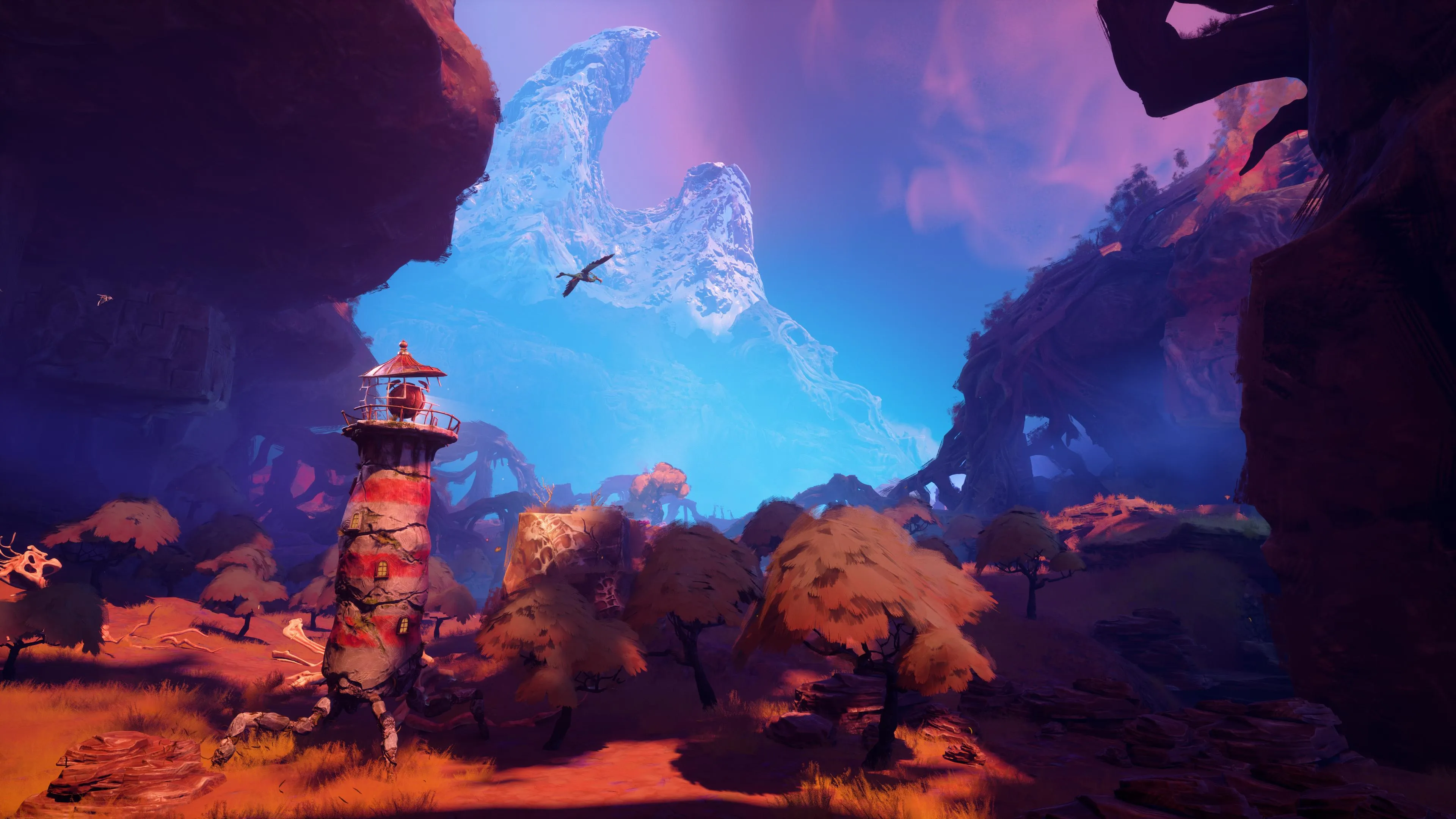
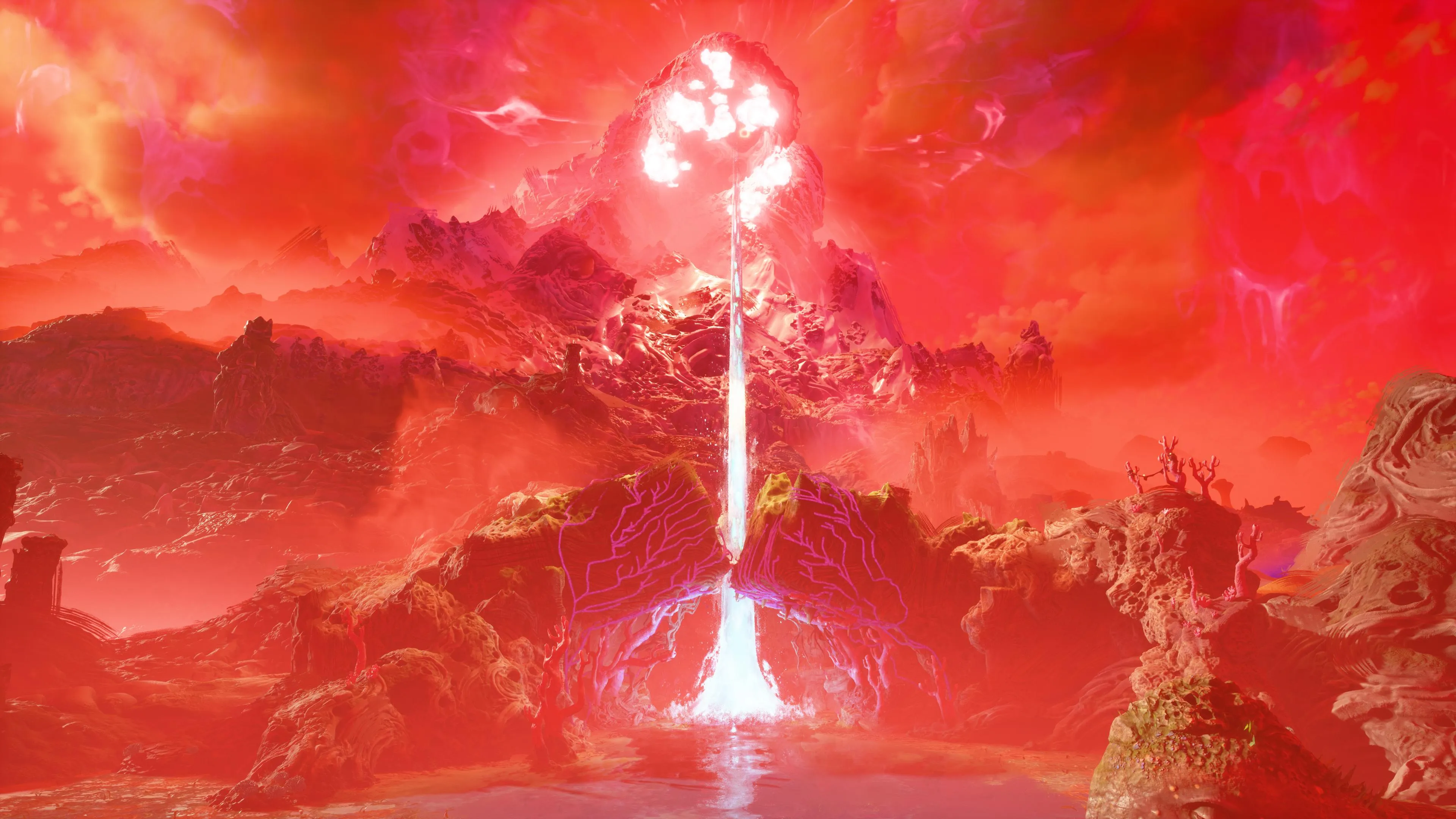

Get the Game Informer Print Edition!
Explore your favorite games in premium print format, delivered to your door.
- 10 issues per year
- Only $4.80 per issue
- Full digital magazine archive access
- Since 1991

